Cheongsong Folk Museum (청송민속박물관)
9.9Km 2022-08-05
222, Juwangsan-ro, Cheongsong-gun, Gyeongsangbuk-do
+82-54-874-9321
Cheongsong Folk Museum was opened in 1999 to promote the history, culture, and customs of the region. The three-story museum offers indoor & outdoor exhibition halls.
The indoor exhibition halls showcase educational materials related to farming and the customs of Cheongsong. Exhibitions - such as the Traditional Guest Room, Weaving Room, Items of Everyday Use, and Cheongsong Porcelain - offer glimpses of how people lived in the past. The outdoor exhibition space reproduces a traditional tavern, waterwheel, millstone operated by a horse or ox, monument to ward off misfortunes and protect prosperity, and natural stones used for worship, with which visitors can experience farm life in the past.
Dalgi Mineral Spring [National Geopark] (달기약수탕 (청송 국가지질공원))
12.6Km 2025-01-09
16, Yaksu-gil, Cheongsong-gun, Gyeongsangbuk-do
+82-54-870-6111
Dalgi Mineral Spring was found approximately 130 years ago during construction of a waterway. The carbonated water has various minerals that help treat multiple diseases. The water is formed when rain water gets absorbed underground and meets carbon dioxide from the magma deep below.
Cheongsong Apple Festival (청송사과축제)
14.2Km 2025-07-11
269 Geumwol-ro, Cheongsong-eup, Cheongsong-gun, Gyeongsangbuk-do
+82-54-873-3686
The Cheongsong Apple Festival is held in autumn when the renowned Cheongsong apples, called a “masterpiece crafted by nature,” are at their peak. The festival celebrates the joy of a bountiful harvest, sharing the delicious taste and nutrition of Cheongsong apples through various enjoyable and educational activities.
Yeongdeok Snow Crab Festival (영덕대게축제)
16.5Km 2025-03-15
Opo-ri, Ganggu-myeon, Yeongdeok-gun, Gyeongsangbuk-do
+82-10-2894-5530
Yeongdeok Snow Crab Festival is an annual event that celebrates local snow crabs, which were once served to kings. Among festival highlights, the Snow Crab Public Auction as well as the snow crab market are the most popular. In addition, visitors can ride a snow crab fishing boat, enjoy busking performances, and sample various snow crab dishes.
Song jeong Historic House (송정고택)
16.6Km 2024-12-20
15-1 , Songsogotaek-gil, Cheongsong-gun, Gyeongsangbuk-do
+82-54-873-6695, +82-10-3891-2622, +82-10-8746-6690
Songjeong Old House in Deokcheon Village, Cheongsong-gun, Gyeongsangbuk-do, is an ‘ㅁ’-shaped hanok and one-time home of Sim Sang-gwan, a wealthy gentleman of the early 20th century. The house is notable for its incorporation of the library used by Shim Sang-gwang. To the right is Songso's house and to the left a trail leading to a water well and a pine forest. The Korean-style rooms are ondol-heated with traditional wallpaper and natural cotton duvets. There’s a spacious yard where traditional Korean music can be heard, while the annual Old House music concerts are very popular.
Songso House (청송 송소고택)
16.7Km 2021-10-25
15-2, Songsogotaek-gil, Cheongsong-gun, Gyeongsangbuk-do
+82-54-874-6556
Located in Cheongsong, Gyeongsangbuk-do, Songso House also known as "Sim Wealthy Family House" was built around the 1880s. The house has all the features of a typical aristocrat house during the Joseon dynasty, consisting of a large sarangbang (main building) and individual chambers with a square-shaped front yard at their center.
The complex has an annex building on the side, where it has been renovated and now used as a guesthouse for travelers. Visitors spending a night at this traditional building can enjoy the quiet and peaceful atmosphere, as well as try out playing various traditional games.
Chalbanggong Head House (찰방공종택)
16.7Km 2024-12-20
23-8 , Songsogotaek-gil, Cheongsong-gun, Gyeongsangbuk-do
+82-54-873-6502, +82-10-9502-7611
Chalbanggong Head House, located in Cheongsong-gun, Gyeongsangbuk-do, was built in 1933 and is the head house of the 9th generation of Cheongsong Sim, Eun-gong Ak. Formerly used as a school, it is now a local cultural heritage centre. The U-shaped layout and the north gate are unique, and facing the entrance is the Songso Old House, comprising 99 rooms with traditional Korean wall paper and bedding. There is a wood-burning ondol room, a large yard, and a kitchen garden - a quiet, relaxing spot where you can hear only the sound of the wind and the birds.
House of Changsil (창실고택)
16.7Km 2024-12-20
39 , Songsogotaek-gil, Cheongsong-gun, Gyeongsangbuk-do
+82-10-5100-3684
Changsil Old House is a courtyard hanok in Cheongsong-gun, Gyeongsangbuk-do. It was built in 1917 by Sim Ho-taek of Songso as a home for his younger brother. The anchae (women’s house) and the sarangchae (men’s house) are arranged side by side, with the connected library and storeroom between them. Just inside the gate is a haengnangchae (servants’ quarters), and there is also a thatched hanok which is currently being rented out as a red clay room.
Naeyeonsan Bogyeongsa Municipal Park (내연산보경사시립공원)
16.8Km 2025-01-08
533 Bogyeong-ro, Songna-myeon, Buk-gu, Pohang-si, Gyeongsangbuk-do
82-54-270-5566
Naeyeonsan Bogyeongsa Municipal Park is a scenic area that encompasses both the historic Bogyeongsa Temple and the majestic Naeyeonsan Mountain. The mountain, rising to a x_height of 710 meters, is renowned for its stunning natural beauty, characterized by twelve waterfalls cascading through a 14-kilometer-long valley. These waterfalls, coupled with towering rock walls ranging from 50 to 100 meters in x_height, such as Sinseondae Cliff and Haksodae Cliff, along with unique rock formations, create a breathtaking landscape. On the southern side of the mountain lies Bogyeongsa Temple, a significant religious site with origins dating back to the Silla period. The temple complex includes attached hermitages like Seounam Hermitage and Munsuam Hermitage. Notably, the temple houses treasured artifacts, including the stele and stupa of State Preceptor Wonjin.
Gyeongsangbuk-do Arboretum (경상북도수목원)
17.0Km 2021-07-26
647, Sumogwon-ro, Jukjang-myeon, Buk-gu, Pohang-si, Gyeongsangbuk-do
+82-54-262-6100
The Gyeongsangbuk-do Arboretum was founded in September 17, 2001. The arboretum exhibits local plants from Ulleungdo, an island off Korea’s eastern coast that is home to a special ecosystem that includes rare trees and wildflowers. The arboretum has total of 24 gardens, including the Alpine Botanical Garden, Ulleungdo Native Plant Garden and Needle-leaf Tree Garden.
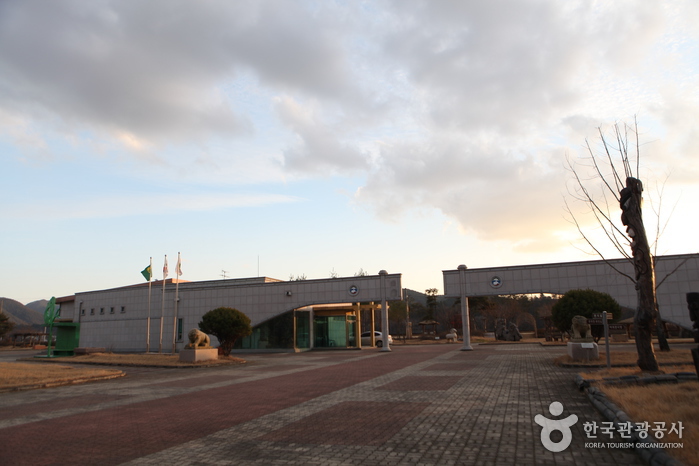
![Dalgi Mineral Spring [National Geopark] (달기약수탕 (청송 국가지질공원))](http://tong.visitkorea.or.kr/cms/resource/16/2703516_image2_1.jpg)
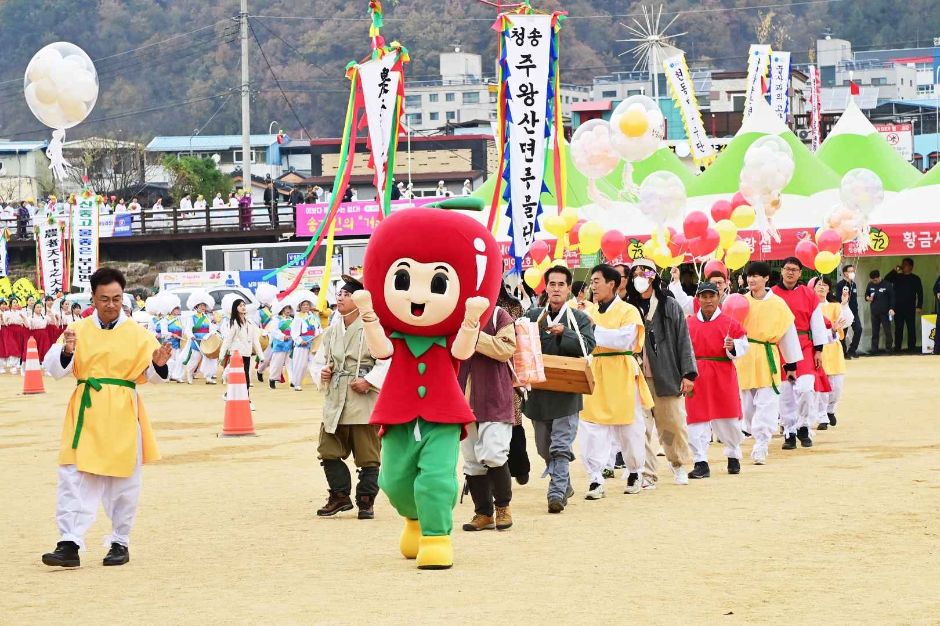
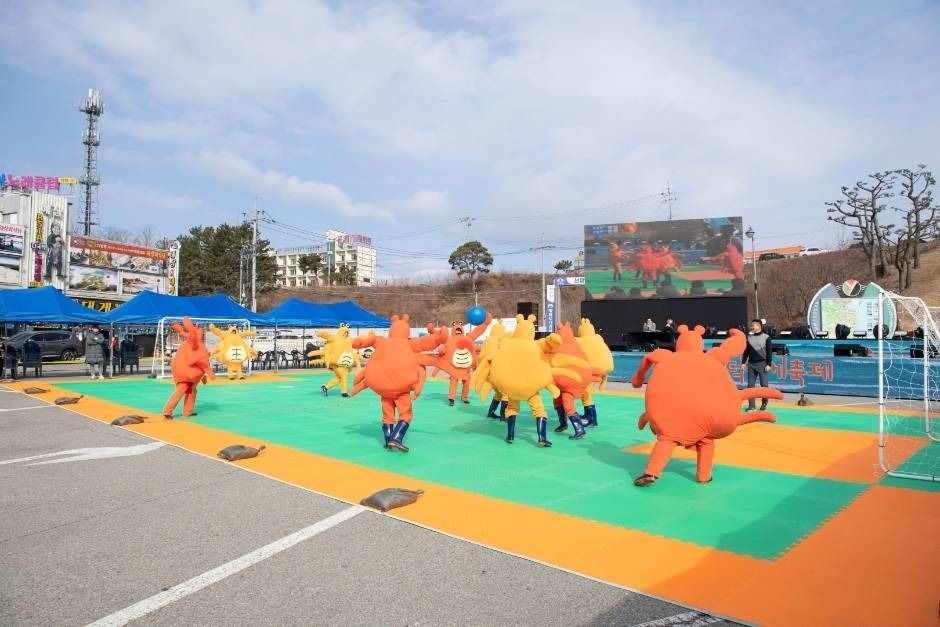

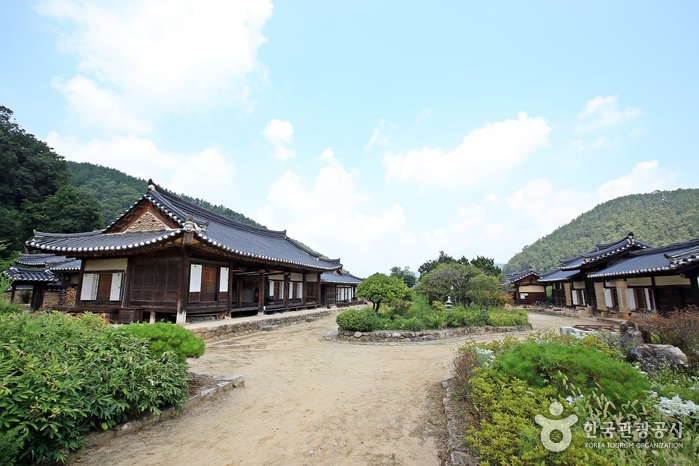
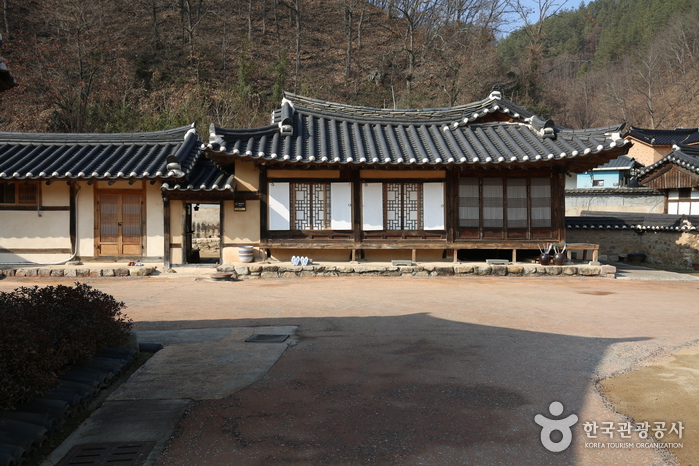
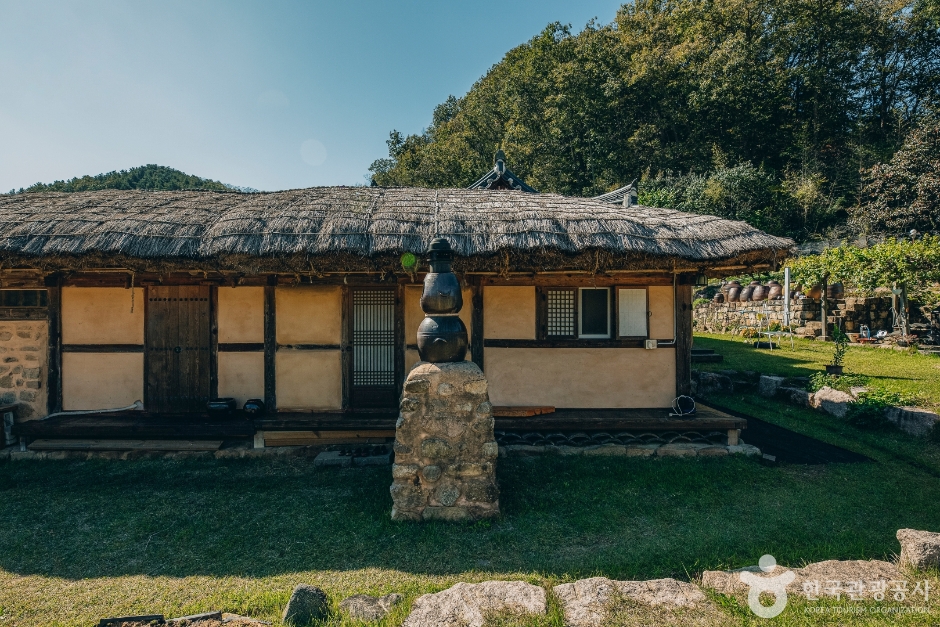
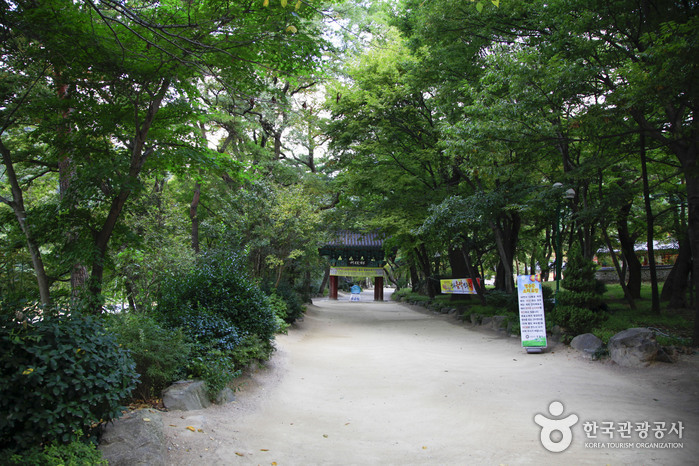
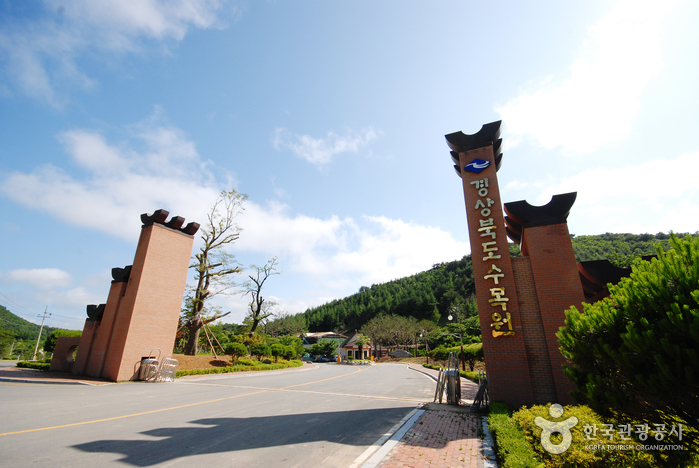
 English
English
 한국어
한국어 日本語
日本語 中文(简体)
中文(简体) Deutsch
Deutsch Français
Français Español
Español Русский
Русский